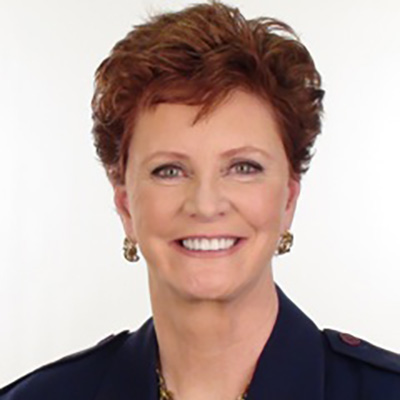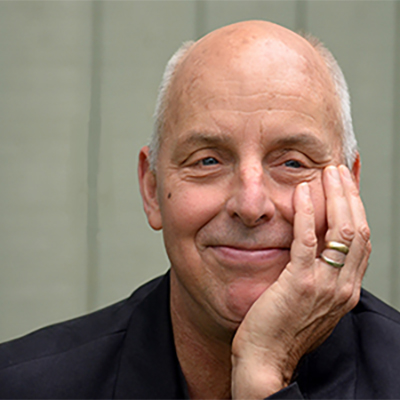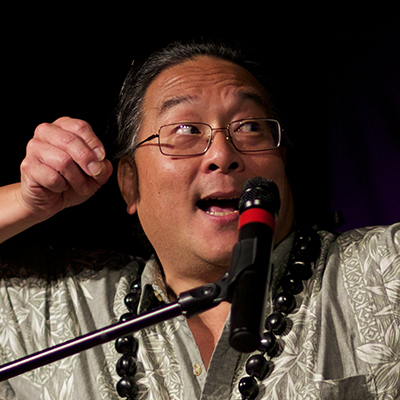
For Susan O’Halloran, inclusion has been her passion since she was a teenager and met Dr. Martin Luther King’s people in Chicago. “I’ve been telling stories “professionally” since the 1970s.” O’Halloran says, “I did what we would now call Performance Art. “In the 1950s and 60s, I grew up in a storytelling family — not […]

Bill Harley likes how spoken words and music go together, creating a kind of magical connection. They always have, Harley says. So he blends words and music in his storytelling to educate and to create community. “At times, I feel like I’m a conduit for something larger than me,” Harley says. “I started telling stories […]

Storyteller Alton Chung believes in connecting with others. When he tells a story, he is 100 percent present—not worrying about dinner or laundry or bills. “It is my belief that in our current society, we don’t get much of that kind of focused attention,” he explains. “We are too busy checking our phones or thinking […]




